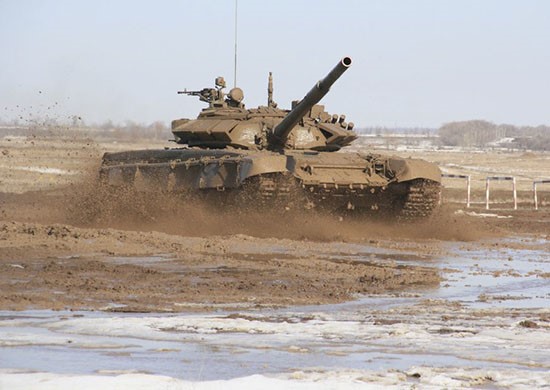Invade… Capture… Annex… Repeat…. Where and when will Russia stop?
- Transnistria (1992)
- Abkhazia (1992)
- South Ossetia (2008)
- Crimea (2014)
- Luhansk People’s Republic (2014)
- Donetsk People’s Republic (2014)
- Ukraine (2022?)
Russia has a violent history of annexing the territory of nearby over the border states in the post-Soviet era. The current war in Ukraine is Moscow’s latest attempt to dissect the country. President Vladimir Putin first ordered troops into the Crimean Peninsula eight years ago in February. On March 16, 2014, with armed men guarding the polls to ensure pro-Moscow results, Russia “won” a referendum in which Crimea voted to secede from Ukraine. Actual voter turnout was estimated at 30% with only about half of that number voting to secede. In a public ceremony four days later, Putin signed a treaty incorporating Crimea into the Russian Federation. Donbas and the Crimean Peninsula are recognized internationally as part of Ukraine. According to a White House official this week, Putin is using the same “playbook” as in past military incursions. John Kirby, the National Security Council’s coordinator for strategic communications, said in a White House briefing that “The Russian government is reviewing detailed plans to purportedly annex a number of regions in Ukraine, including Kherson, Zaporizhia, all of Donetsk, and Luhansk oblasts.”
Ukraine recaptured Snake Island from Russia earlier in July but, in the eastern part of the country the military continues to lose territory to Putin’s armed forces. Luhansk is now under total Russian control. Kirby says that Russia is following a pattern similar to its earlier incursions that included installing illegitimate proxy officials in areas under its control in eastern Europe. The White House this week is predicting that Putin will call for a sham referendum in Ukraine to claim that the sovereign nation-state wants to join the Russian Federation. Kirby says the timeline for the Russian-sponsored “referendum” may coincide with regional elections scheduled for September 11. Already Russian banks are opening offices in eastern Ukraine, notes Defense One’s Jacqueline Feldscher. To give the appearance of normality, Moscow is forcing Ukrainians living in those eastern areas under its controls to apply for Russian citizenship and is issuing them new Russian passports. Feldscher reports that Kirby’s announcement is an example of Washington continuing to expose Putin’s gameplan so the world can be prepared for Russia’s next moves, and his attempts to obfuscate his intentions.
“Annexation by force would be a gross violation of the UN charter and we will not allow it to go unchallenged or unpunished,” says Kirby. The US, in response to Russian moves is sending additional weapons to Ukraine, including more HIMARS (High Mobility Artillery Rocket Systems). On Tuesday the top Ukrainian military official, Defense Minister Oleksii Reznikov, called the HIMARS, along with drones and longer-range rockets a “game changer.” He noted that the HIMARS already helped destroy 30 Russian command stations and an ammunition storage area, slowing Russia’s advance. The Defense Minister reported that his country is not using the weapons to attack inside Russian territory but is “using HIMARS systems precisely like… surgery.” He contrasted it with Russian strategy he compared to a “meat grinder” that has led to the deaths of hundreds of civilian casualties. Former US Ambassador to Ukraine, John Herbst, called the Biden Administration risk adverse and argued that it is too timid. “Instead of giving… all the HIMARS… and the longer ranges, they parceled it out in very small dosages.” It appears that protracted warfare will continue in Ukraine as Putin shows no signs of ending his “special operation.” Some military analysts in Washington now are questioning whether Putin intends to stop once the conflict in Ukraine ends or if, as in the past, the Russian leader will continue on his quest to remake the Russian empire. Looking a map outlining the borders of the old empire, Putin has not completed his adventure.
Daria Novak served in the U.S. State Dept.
Photo: Russian Defence Ministry
